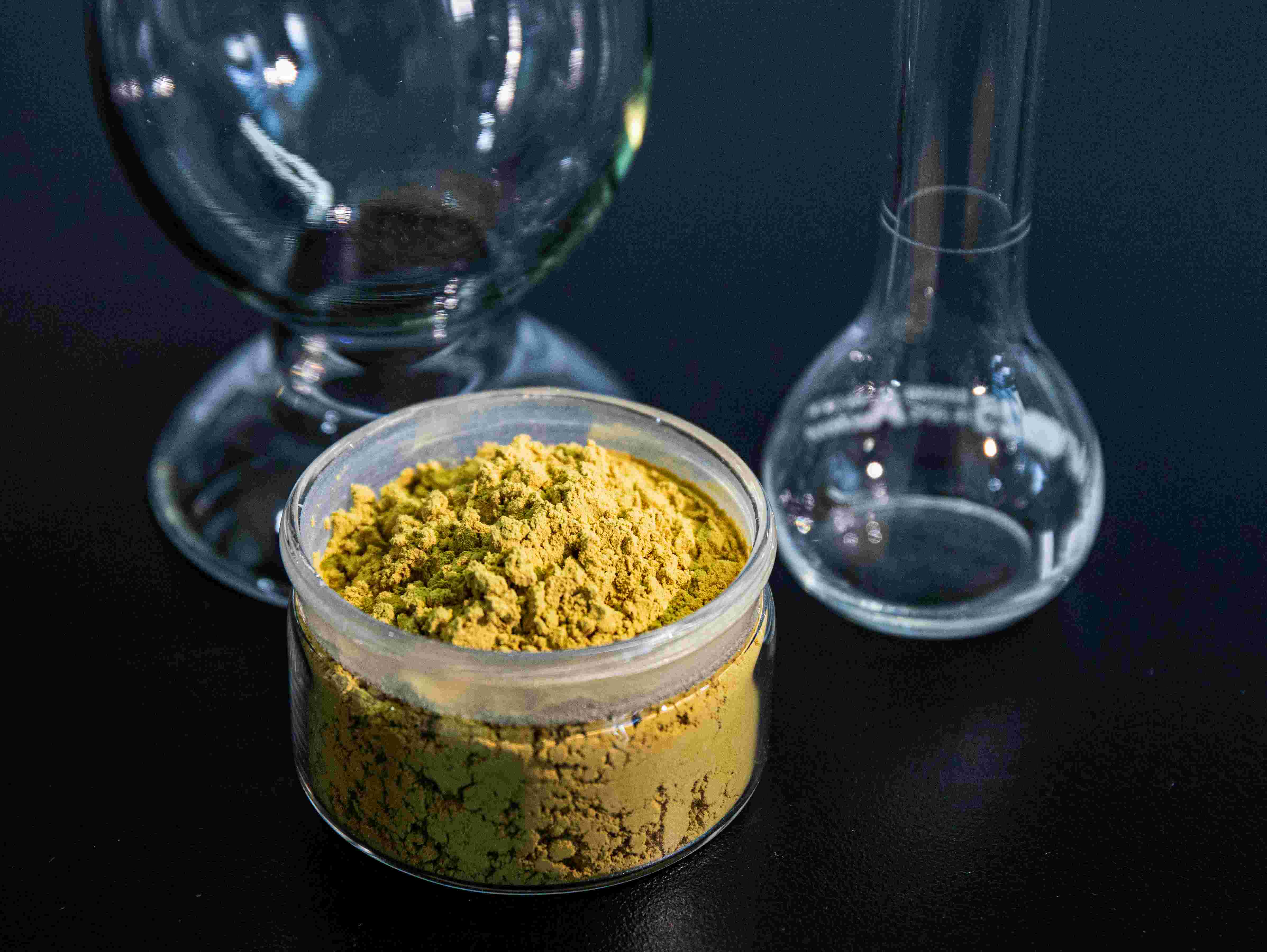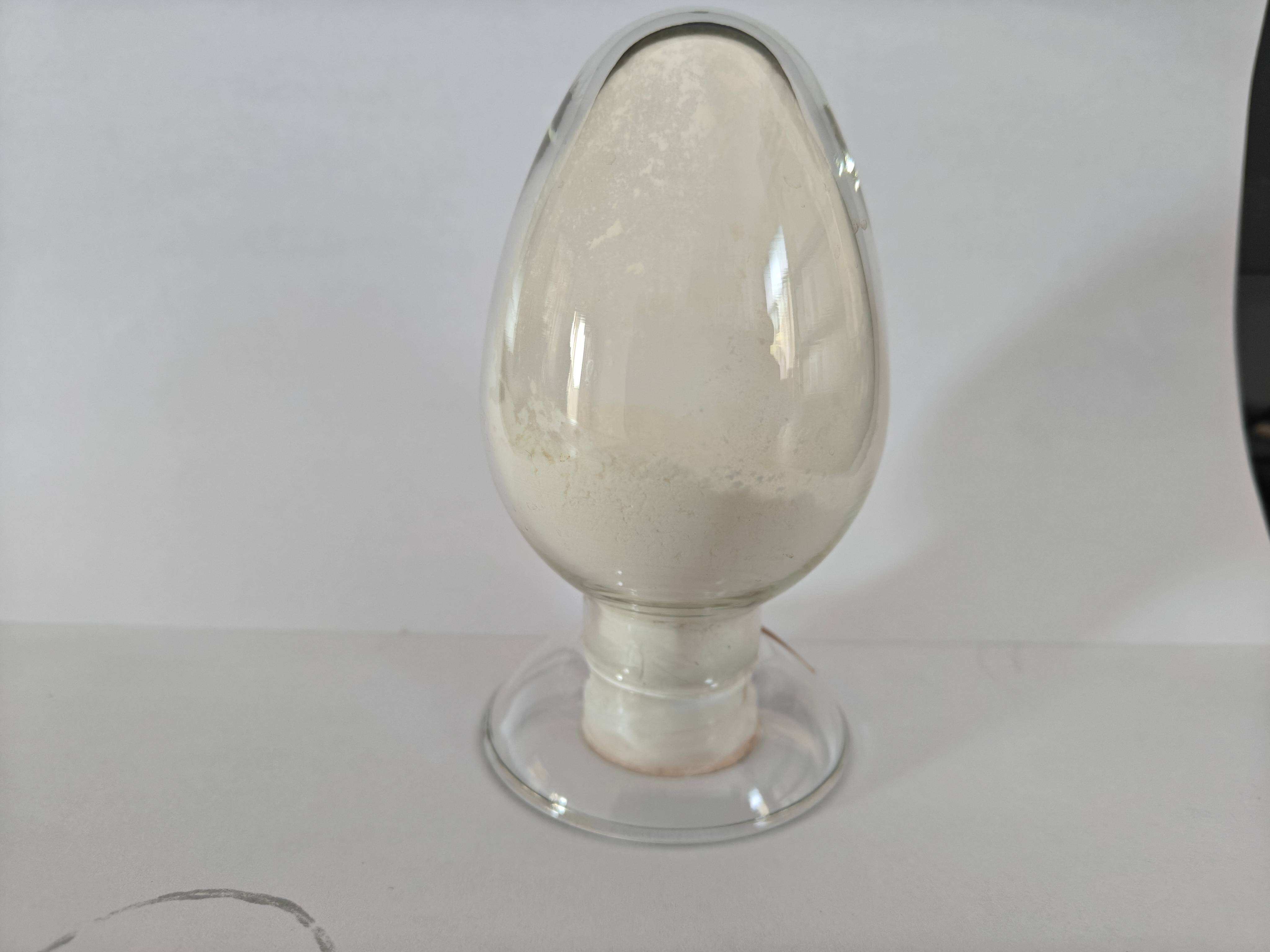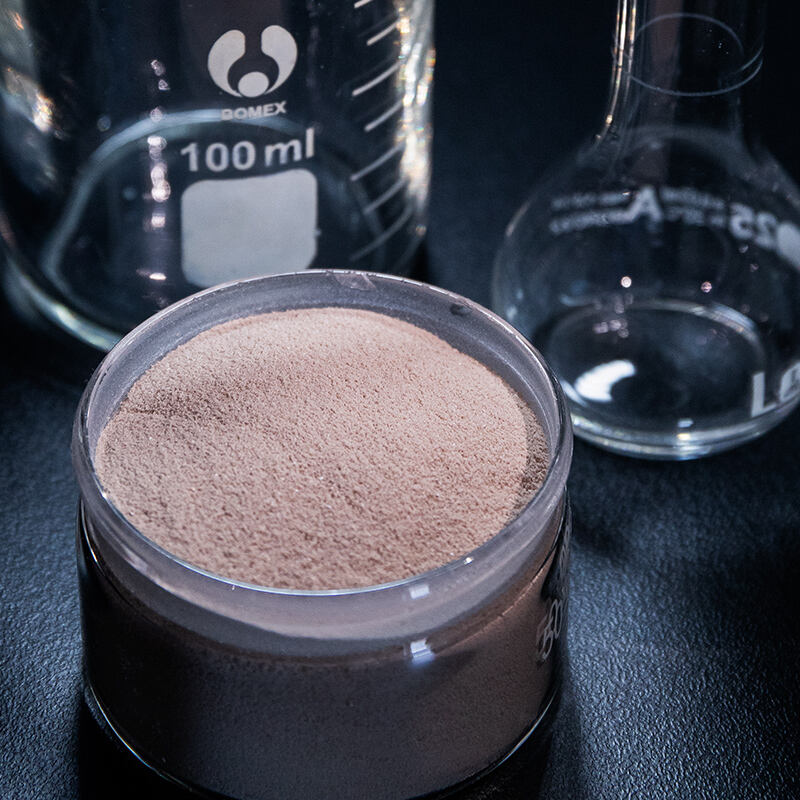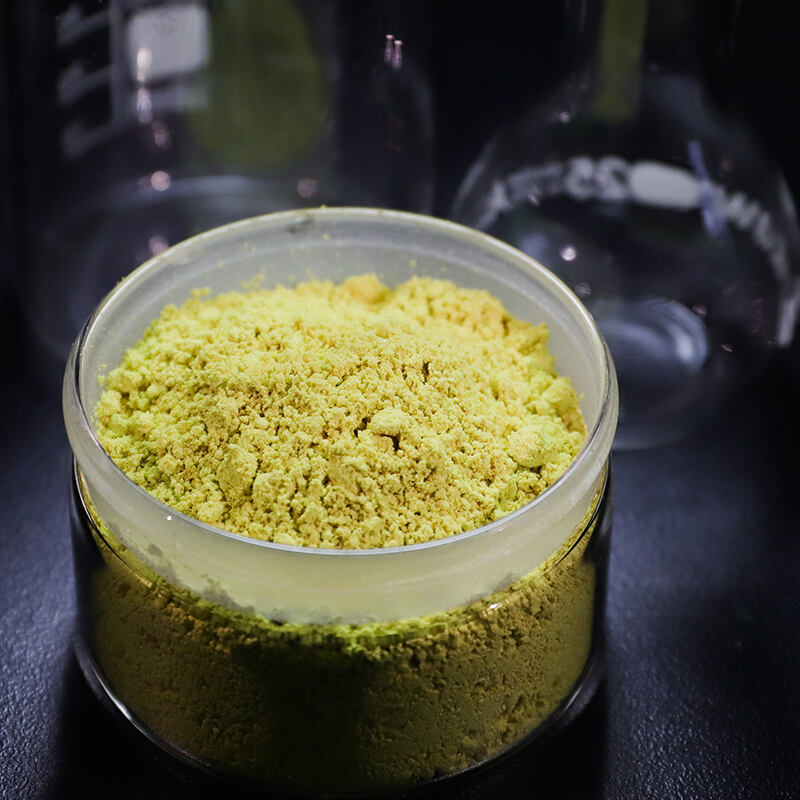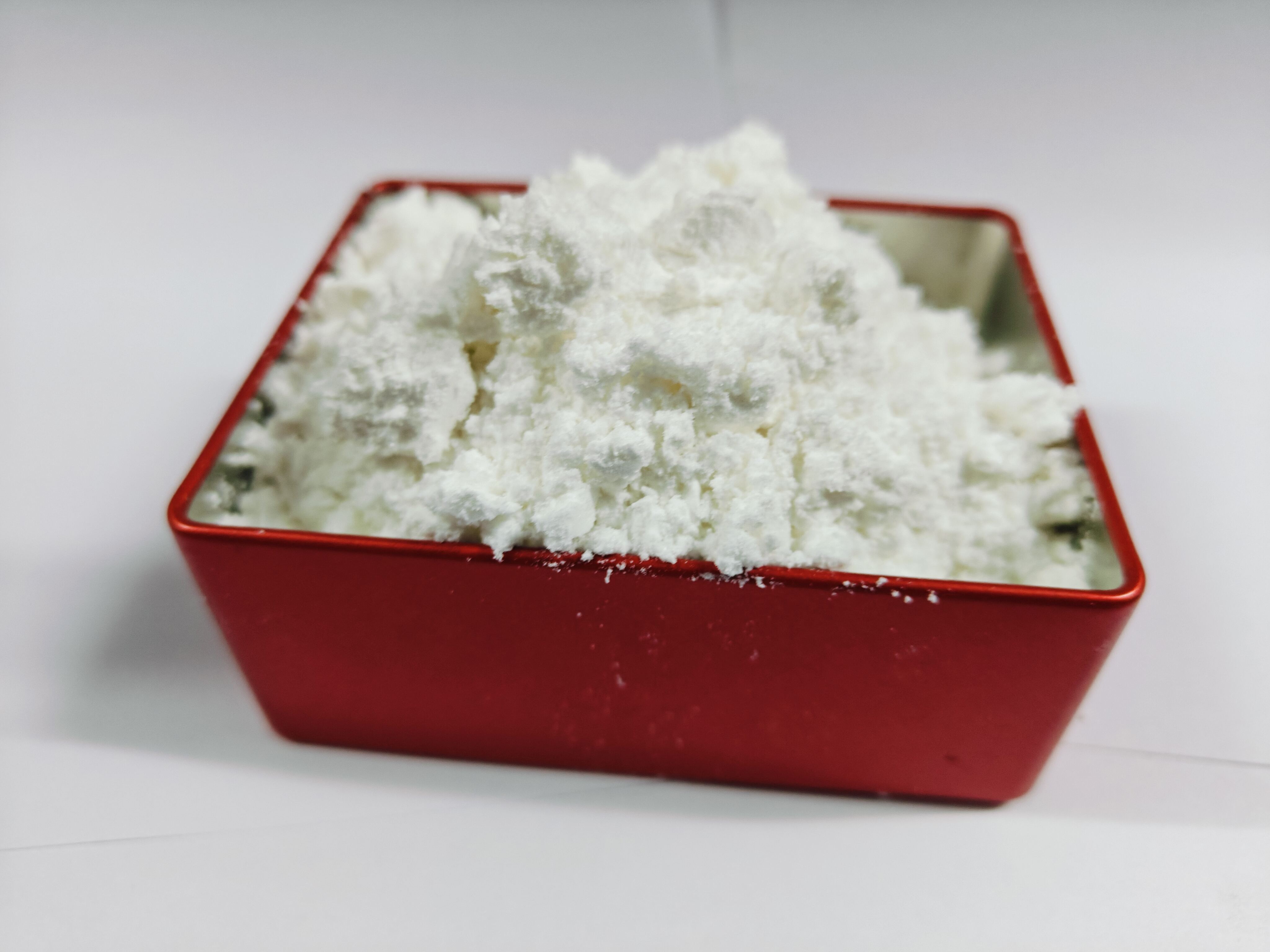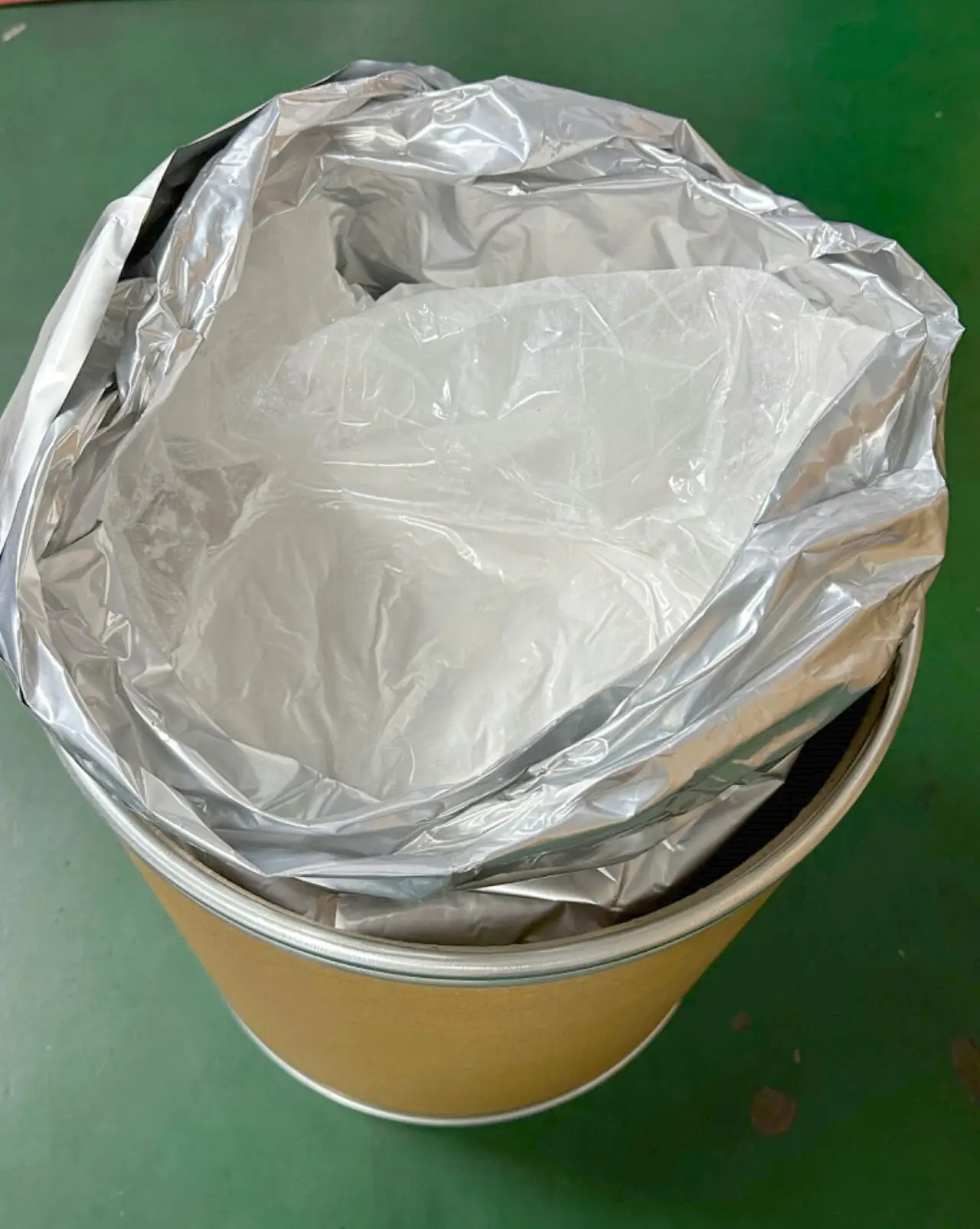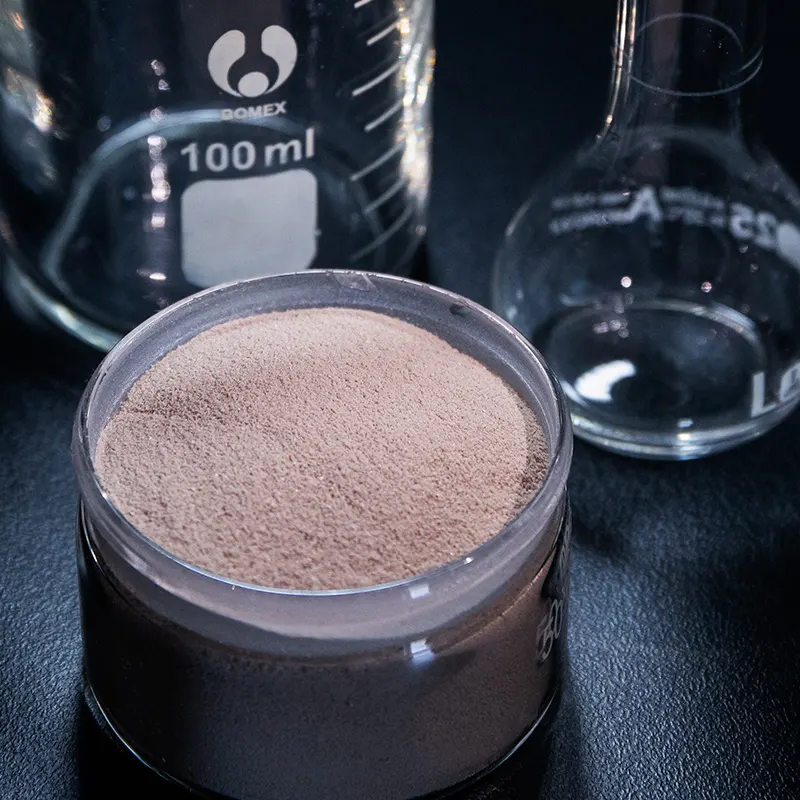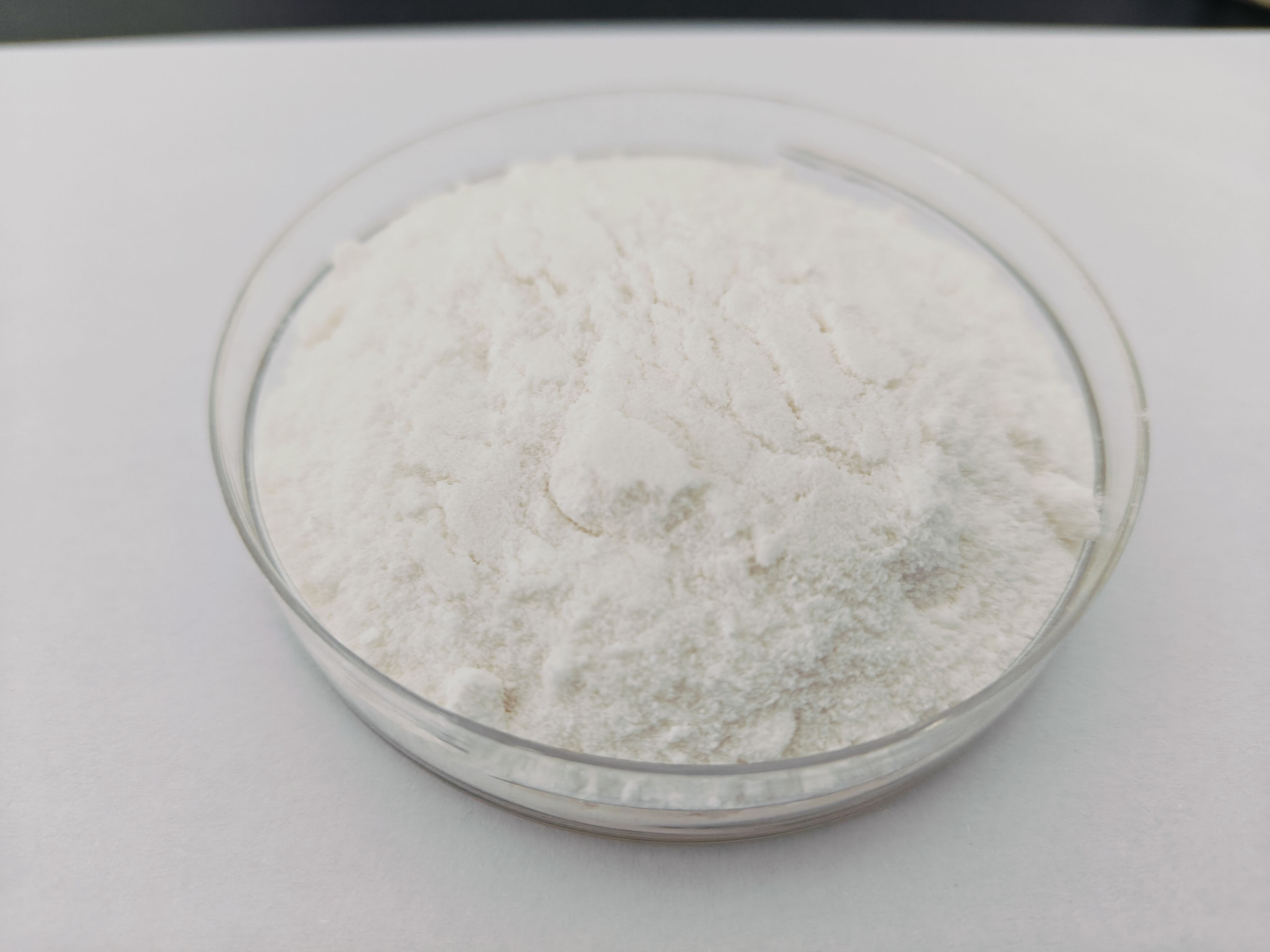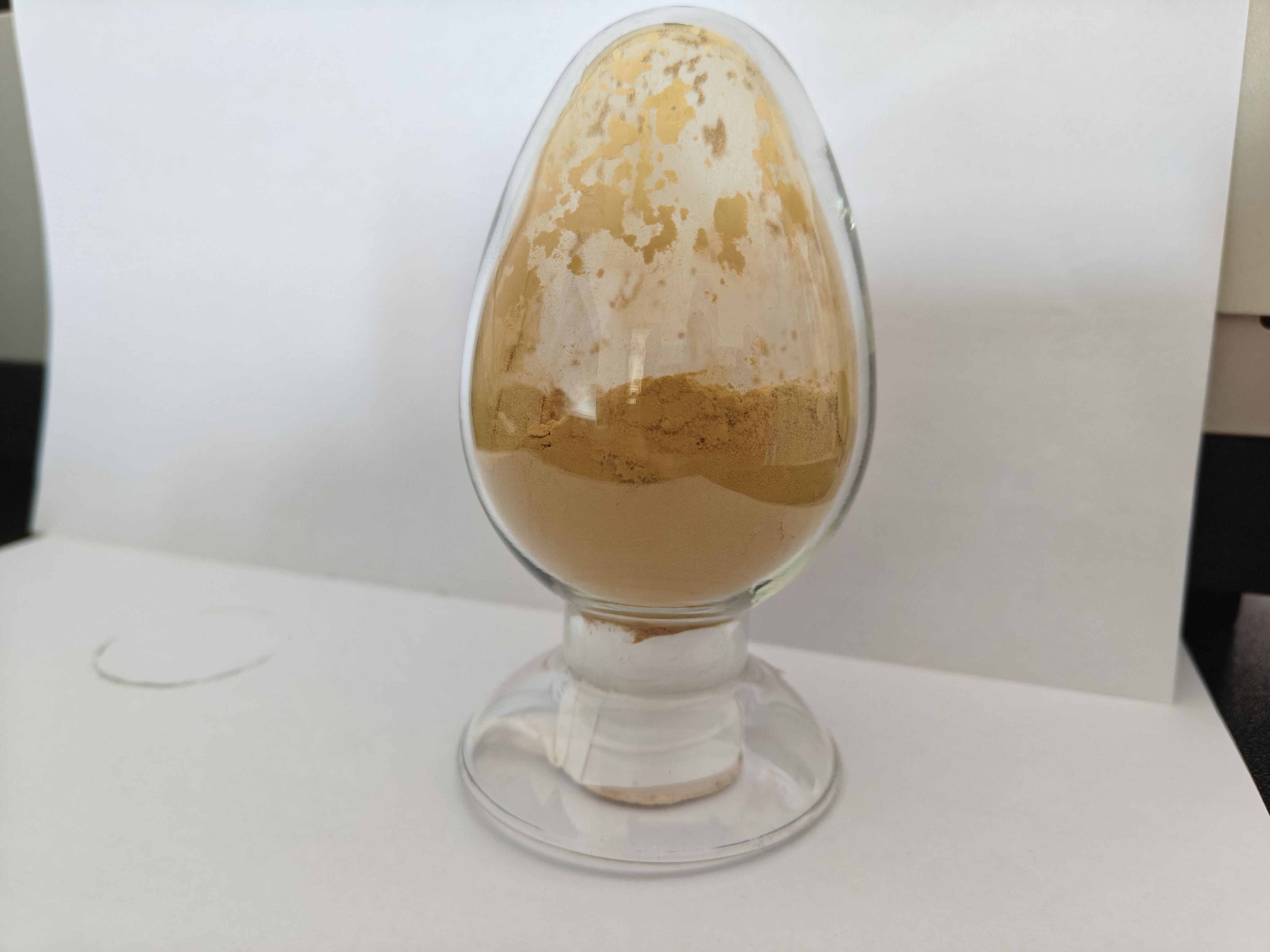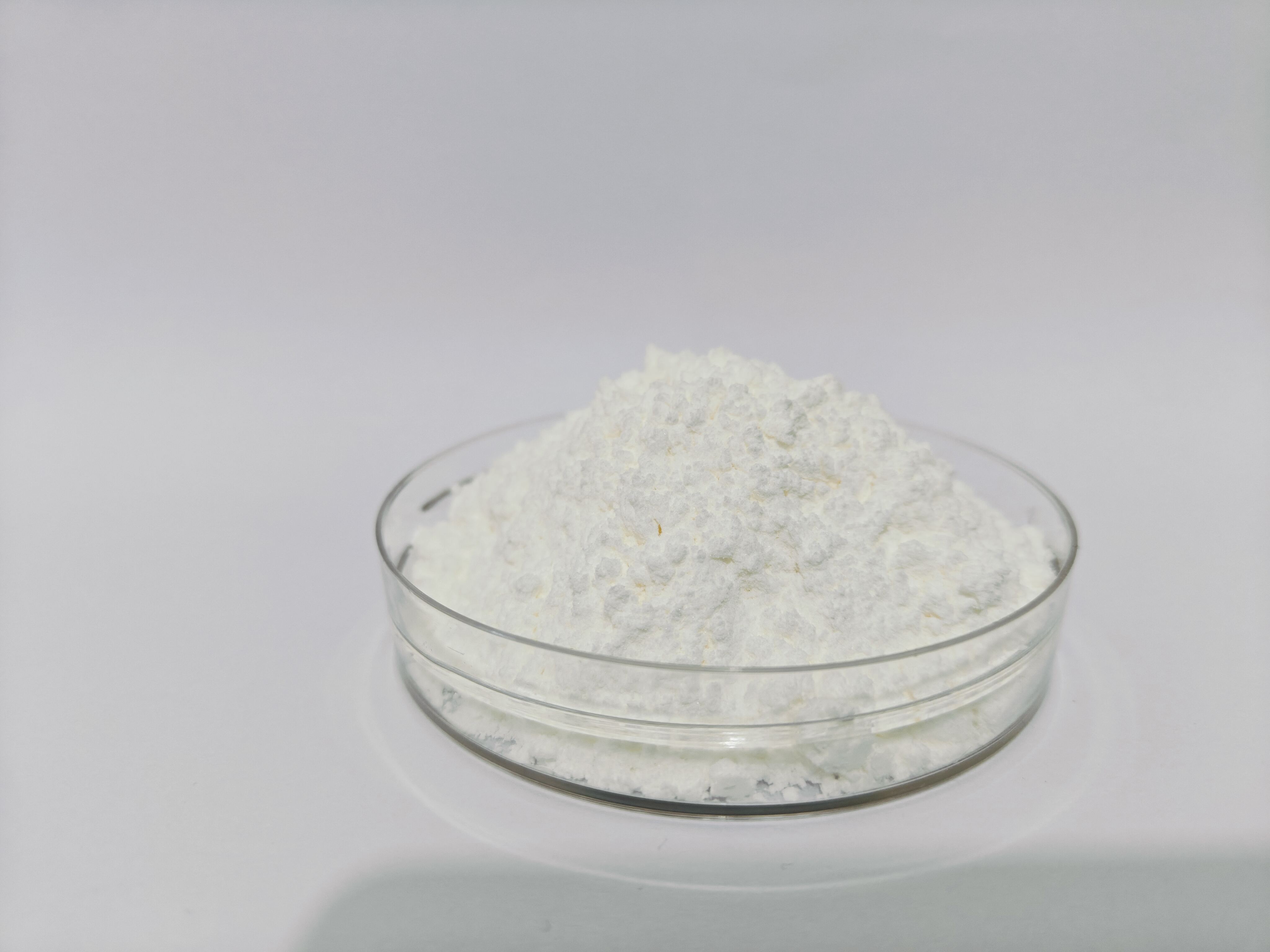katalis laten termal
Katalis laten termal mewakili perkembangan inovatif dalam teknologi pemrosesan kimia, berfungsi sebagai senyawa katalitik canggih yang tetap tidak aktif pada suhu ruangan tetapi mengaktifkan secara presisi ketika terpapar suhu tinggi tertentu. Katalis khusus ini dirancang untuk memulai reaksi kimia hanya ketika kondisi termal mencapai ambang batas yang telah ditentukan, menawarkan kontrol tanpa precedent atas waktu dan proses reaksi. Teknologi ini menggunakan struktur molekuler unik yang mengalami perubahan konformasi pada suhu tertentu, mengungkapkan situs aktif katalitis mereka. Mekanisme aktivasi yang bergantung pada suhu ini terbukti sangat berharga dalam berbagai aplikasi industri, termasuk sintesis polimer, teknologi pelapisan, dan sistem perekat. Katalis-katalis ini menggabungkan prinsip-prinsip rekayasa kimia lanjutan yang memungkinkan mereka untuk tetap stabil selama penyimpanan dan pengangkutan sambil memberikan kinerja katalitik yang kuat ketika diperlukan. Kemampuan mereka untuk memfasilitasi kinetika reaksi yang terkendali membuatnya menjadi alat penting dalam proses manufaktur di mana timing yang tepat dan kontrol reaksi sangat penting. Katalis-katalis ini telah merevolusi banyak proses industri dengan memungkinkan sistem satu-komponen yang menghilangkan kebutuhan akan pengeras atau pengaktif terpisah, sehingga menyederhanakan proses manufaktur dan mengurangi kesalahan potensial dalam penanganan material.

